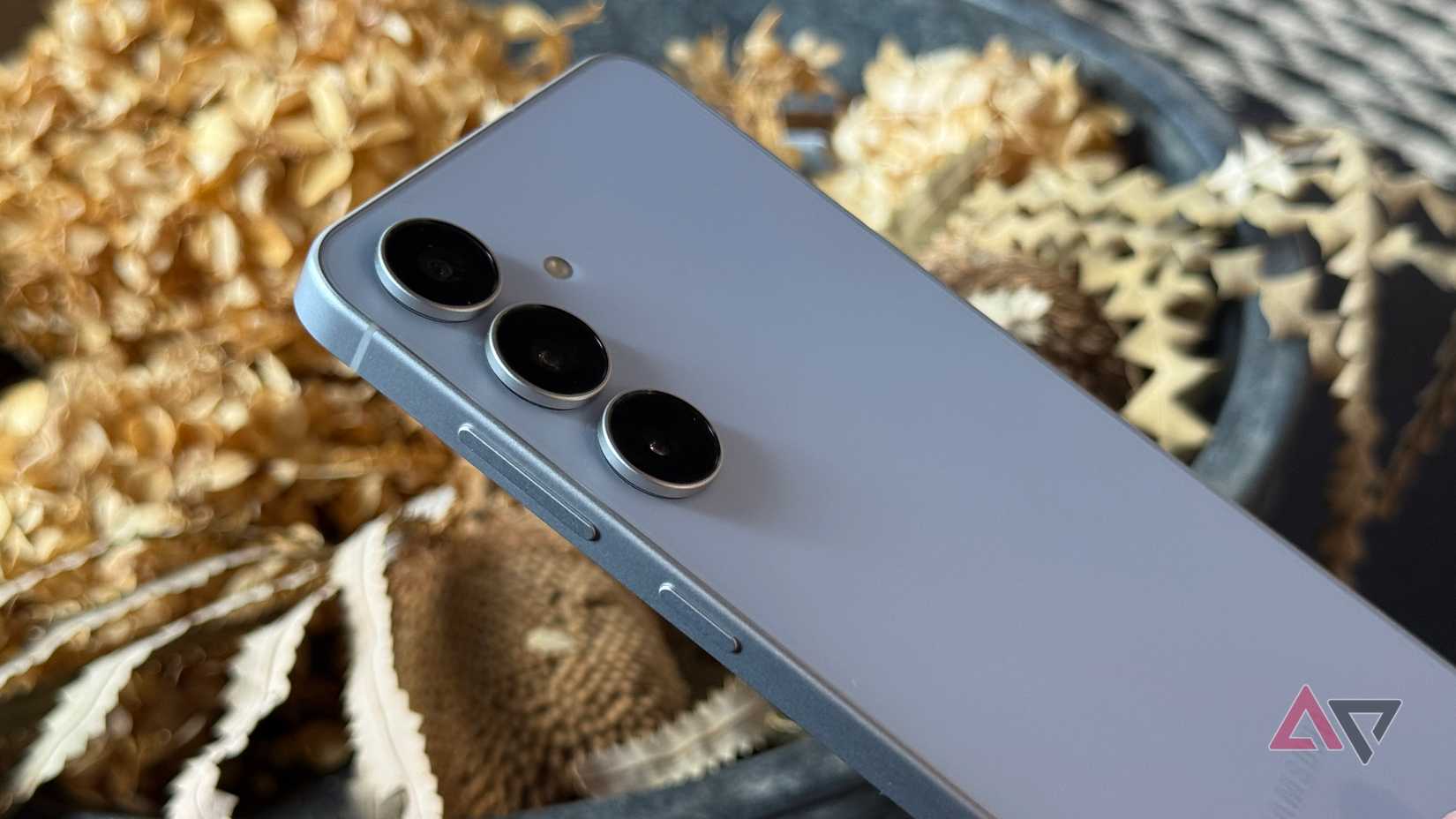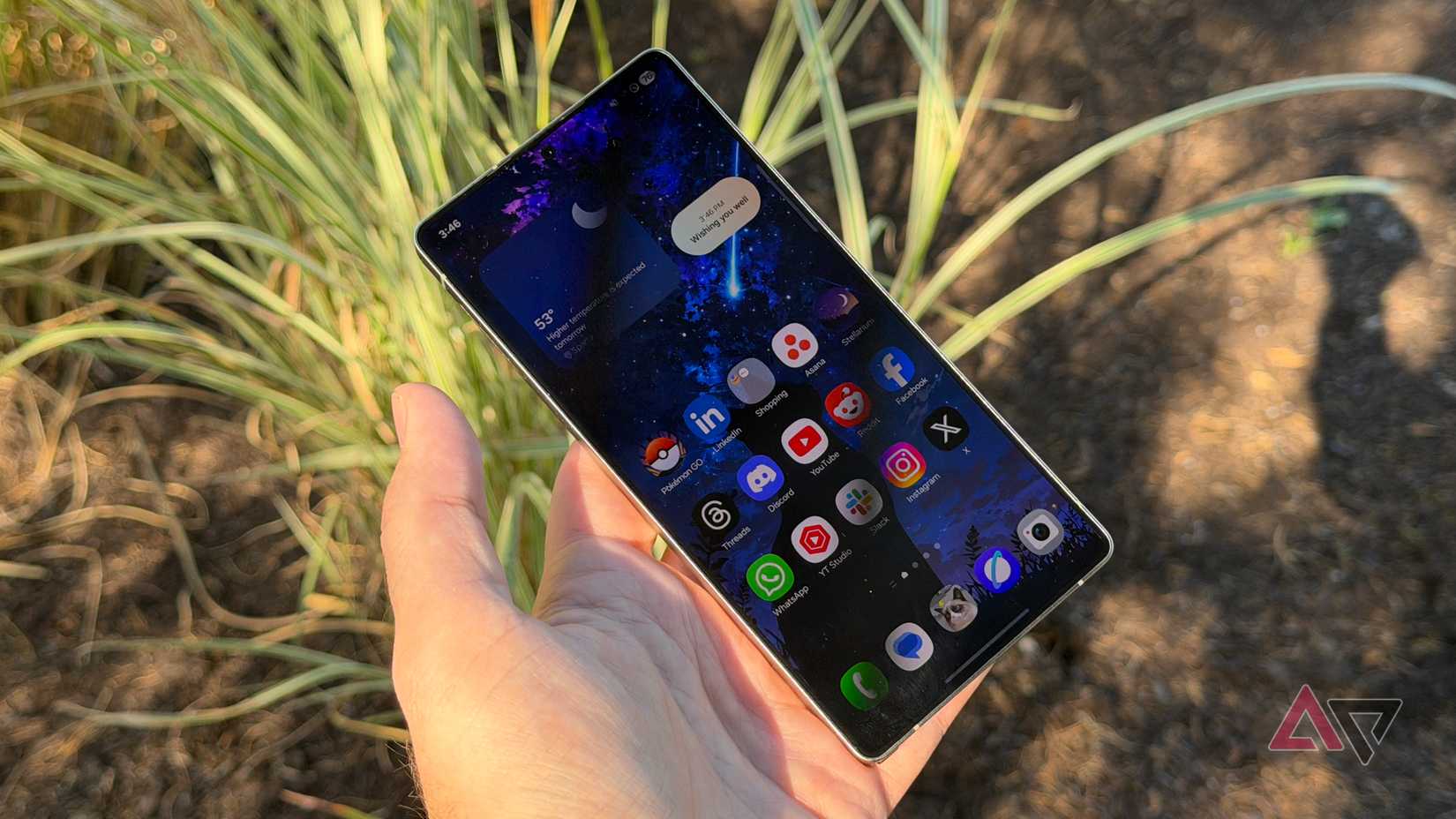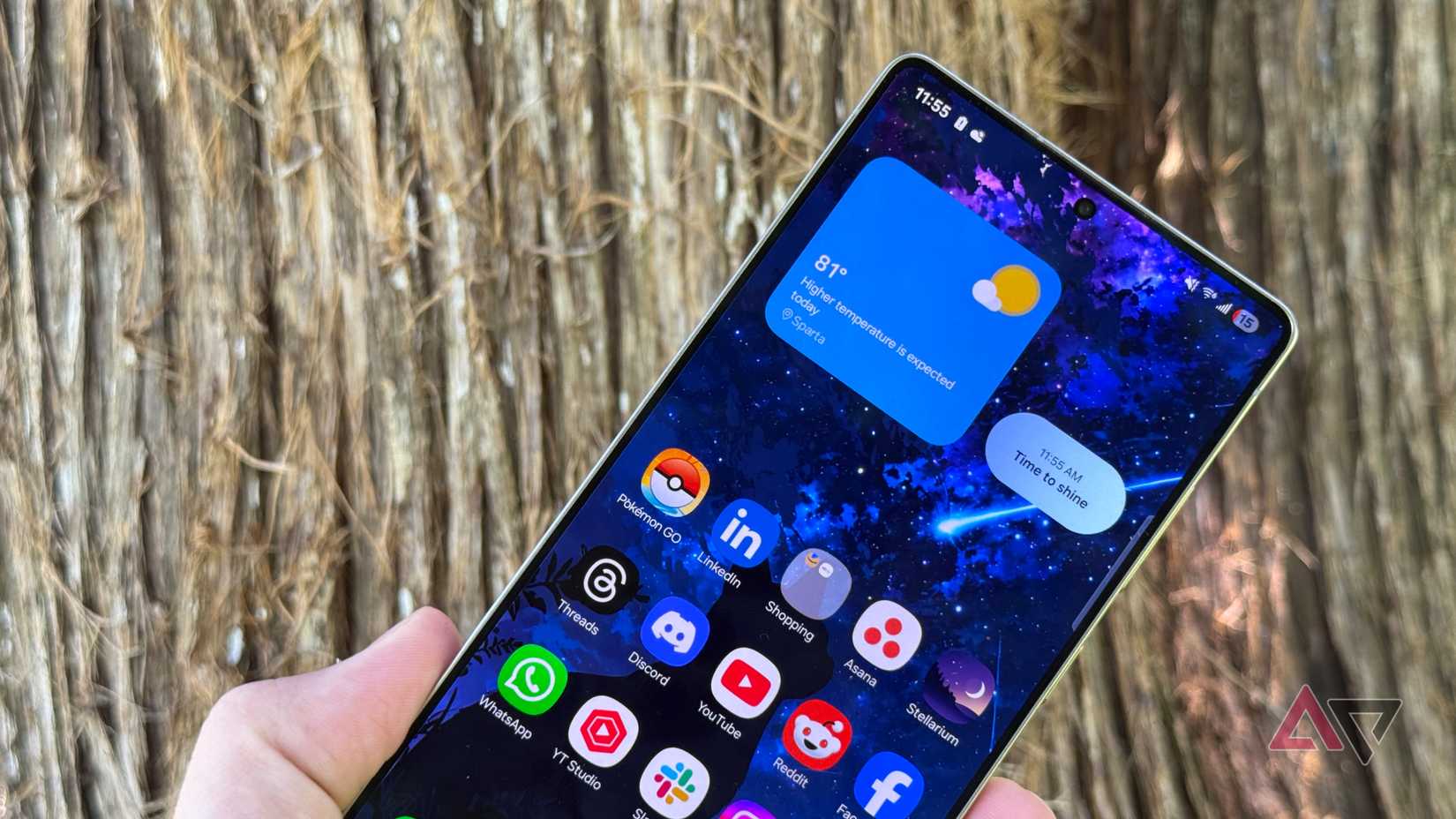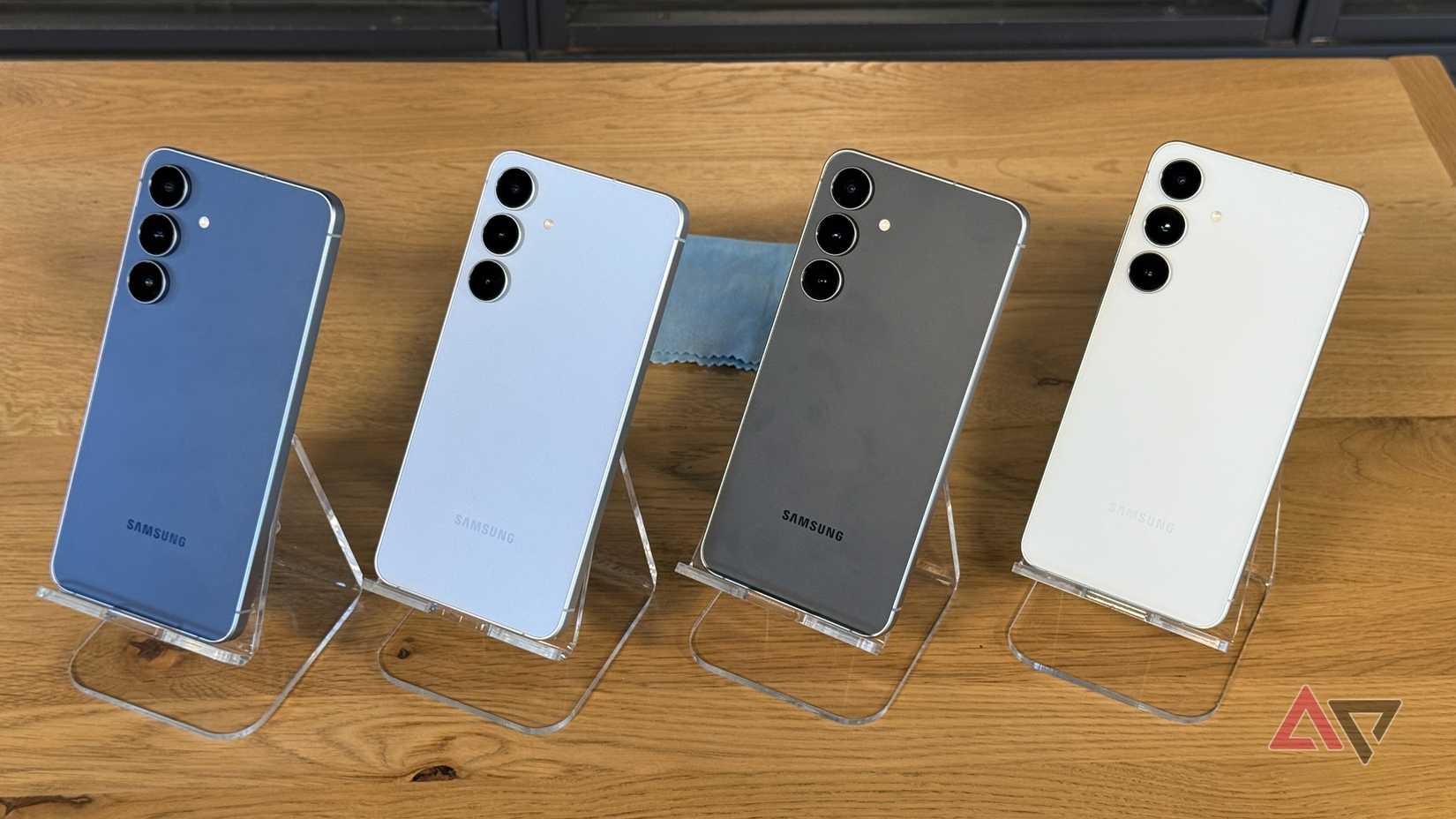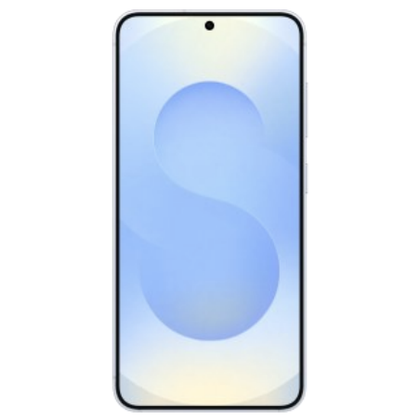I’ve been an Android diehard for over a decade, but I’ll be the first one to admit that most flagship phones blend together these days.
Megapixel counts, AI buzzwords, and benchmark scores dominate marketing, even if they don’t really add up to a better user experience. This is an aspect that Apple gets right — talking about things that matter.
I got thinking about this when I recently got my hands on the Samsung Galaxy S25. While it isn’t the best phone by most measures, I feel it’s one of the most refined phones available today.
What stuck out for me were a series of design choices that may seem small at first but have a big impact.
Buttons that just click
The first thing I noticed about the S25 was its buttons. Samsung shifted the power and volume rockers slightly lower on the frame, especially on the hulking S25 Ultra.
It sounds trivial, but reaching for the power button no longer feels like a yoga stretch.
On my Pixel 10 Pro XL, the buttons sit too high, forcing an awkward grip shift to unlock the phone one-handed. The iPhone 17’s action button, while customizable, feels less intuitive for quick presses.
The S25’s placement, by contrast, aligns naturally with my thumb’s resting position.
Along with comfort, it adds accessibility to the mix. For users with smaller hands or those who juggle their phone while multitasking, the lower buttons reduce strain.
Older Galaxy flagships like the S22 were also guilty of placing the buttons too high, so it seems like Samsung listened to user feedback.
In a market where phones are getting bigger, ergonomic button placement is a quiet win that deserves more applause, especially because it is the first interaction you will have each time you use your phone.
Haptics that feel alive
The S25’s vibration motor is great. Typing on the keyboard doesn’t feel like you’re just randomly touching glass. The precise and satisfying haptic feedback on each touch makes the phone feel more real and premium.
Gestures, like swiping to dismiss notifications, come with a subtle buzz that confirms your action without being jarring. Even gaming gets a boost. Playing Genshin Impact on the S25, I felt every sword swing through nuanced vibrations.
Haptics matter because they bridge the gap between digital and physical. Budget Androids often skimp here, with mushy vibrations that feel like an afterthought. Even older Galaxy models had inconsistent feedback, but the S25’s motor rivals Apple’s Taptic Engine for precision.
I noticed this most during late-night texting as each key press felt distinct, reducing typos.
For notification alerts, the S25’s soft pulses let me differentiate calls from texts without looking. It’s a small detail, but it makes the phone feel premium and responsive, elevating every interaction.
A display that’s always comfortable
Samsung phones have always had great screens, and the S25’s 120Hz Dynamic AMOLED 2X is no exception.
But what actually sets it apart is subtle tuning. Samsung refined the adaptive brightness algorithm to adjust more smoothly to ambient light.
Walking outside, the screen ramps up instantly for readability. At night, it dials down to a warm, eye-friendly glow, sparing me the usual squinting.
Color calibration is also spot-on, with natural tones that don’t oversaturate like some competitors’ panels.
The S25’s auto-brightness is so quick and accurate that I never felt the screen should have been brighter or dimmer.
These tweaks reduce friction. I used to fiddle with brightness sliders constantly on my old phone, especially in mixed lighting. With the S25, I barely touch the settings.
Watching YouTube in bed, the display’s low-light tuning cut eye strain, while outdoor scrolling felt effortless.
With many users using their phones for over four hours every day, such tweaks add up. Having the brightest or dimmest screen is no use if the phone doesn’t switch correctly or smoothly.
Designs deserve more attention
The Samsung Galaxy S25 doesn’t have the best specs, but its focus on usability is evident. Phones such as the Pixel 10 boast AI tricks and camera features, but show little regard for ergonomics.
Samsung’s approach reflects a broader trend. As hardware plateaus, manufacturers need to compete on polish. If OEMs want to stand out, they need to sweat the small stuff.
Samsung’s not perfect — the S25 is quite expensive and takes a while to charge — but its design choices make it a joy to use daily.
The Galaxy S25 isn’t a headline-grabber, and that’s the point. Its button placement, haptic feedback, and display tuning aren’t sexy enough for keynote slides, but they transform the user experience.
Samsung’s focus on design reminds us that smartphones are tools we touch hundreds of times a day. When those touches feel effortless and natural, it’s a big win for users.
Your comment has not been saved
- SoC
-
Qualcomm Snapdragon 8 Elite for Galaxy
- RAM
-
12GB
- Storage
-
128GB, 256GB, 512GB
- Battery
-
4,000mAh
- Ports
-
USB-C
- Operating System
-
Android 15 and One UI 7
Samsung’s Galaxy S25 keeps things small without sacrificing power. With a Snapdragon 8 Elite processor, 12GB of RAM, and all sorts of tools courtesy of Galaxy AI, this is everything you expect from a modern flagship squeezed into a relatively svelte chassis.


